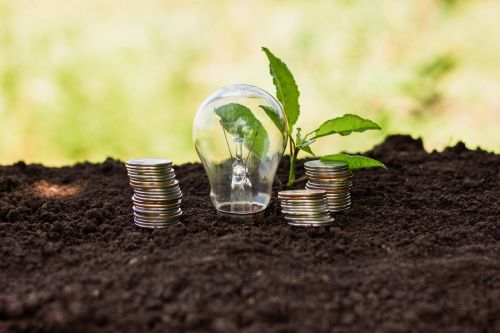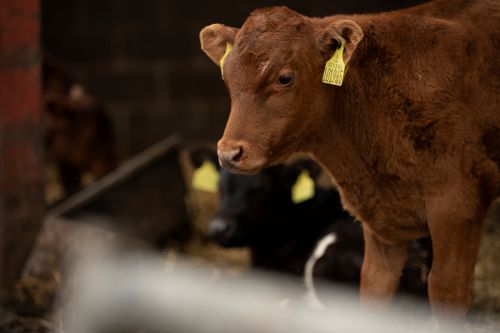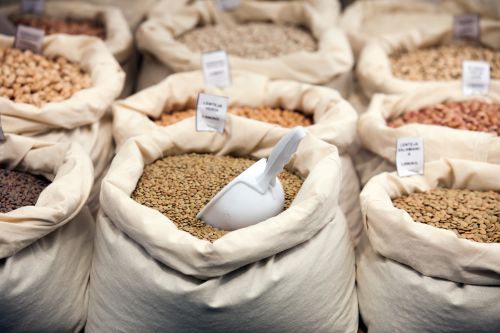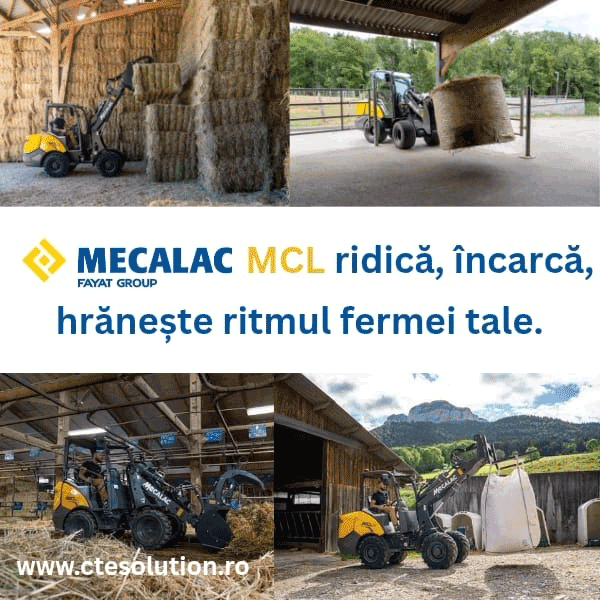
Ammonia Production in Europe Faces Major Challenges
Ammonia production in Europe is facing major challenges, driven by rising natural gas prices and stringent carbon emissions regulations, according to a report by Euractiv.
In this context, BASF CEO Martin Brudermüller stated that ammonia production in Europe no longer has a future, emphasizing the economic and environmental difficulties facing the industry.
Impact of Natural Gas Prices on Ammonia Production
Ammonia production is an energy-intensive process, relying heavily on natural gas as a raw material. The rising natural gas prices across Europe have severely impacted the profitability of ammonia production.
For instance, in 2021, BASF reduced ammonia output at its Antwerp and Ludwigshafen plants due to the increase in natural gas costs.
In 2022, approximately 70% of ammonia production capacity in Europe was shut down due to high energy costs, and analysts suggest that it is unlikely these capacities will be fully restored in the near future.
Strict Carbon Emissions Regulations and Industry Impact
Beyond energy costs, the European ammonia industry faces strict regulatory pressures regarding carbon emissions.
The Renewable Energy Directive (RED III) requires the hydrogen and fertilizer industries to replace 42% of grey hydrogen with renewable hydrogen by 2030, and 60% by 2035. These ambitious goals demand substantial investments in new technologies and infrastructure.
Additionally, the gradual phase-out of free emissions allowances under the EU Emissions Trading System (EU ETS) will further raise costs for ammonia producers.
The Carbon Border Adjustment Mechanism (CBAM) aims to address unfair competition from non-EU producers, but it does not resolve the loss of global competitiveness for Europe’s nitrogen fertilizer industry.
Decarbonization Efforts in the European Fertilizer Industry
In response to these challenges, the European fertilizer industry has set clear goals to reduce greenhouse gas emissions.
The industry’s decarbonization plan aims to cut both direct and indirect emissions by 70% by 2040 compared to 2020 levels, and to achieve climate neutrality by 2050.
To reach these targets, two main transition pathways are being explored:
- Technology-Neutral Pathway: This approach includes the use of various technologies such as electrolysis, carbon capture and utilization (CCU), carbon capture and storage (CCS), and biomethane. The choice of technology depends on regional infrastructure and the availability of energy resources.
- Green Hydrogen Pathway: This strategy relies entirely on hydrogen produced from renewable sources to replace hydrogen derived from natural gas. Its success hinges on the affordability and availability of renewable energy and the infrastructure required for green hydrogen production and distribution.
Challenges and Considerations for the Future
Transitioning to more sustainable fertilizer production brings significant challenges, including:
- Access to Low-Carbon Energy and Feedstocks: Reliable access to renewable electricity and low-emission raw materials is essential to maintaining the competitiveness of the European industry.
- Substantial Investments: Decarbonizing the industry requires major investments in new technologies and infrastructure. For example, if all hydrogen used in ammonia production were produced via electrolysis powered by offshore wind, approximately €64 billion would be needed for offshore wind farms, €17 billion for electrolyzers, and €3 billion for a hydrogen pipeline network.
- Demand for Climate-Neutral Fertilizers: Demand for low-emission fertilizers must be stimulated through mechanisms such as a labeling system and mandatory procurement targets for all nitrogen fertilizer buyers in the EU.
- Preventing Unfair Competition: Effective implementation of CBAM is crucial to preventing unjustified competitive advantages for non-EU producers exporting to Europe.





